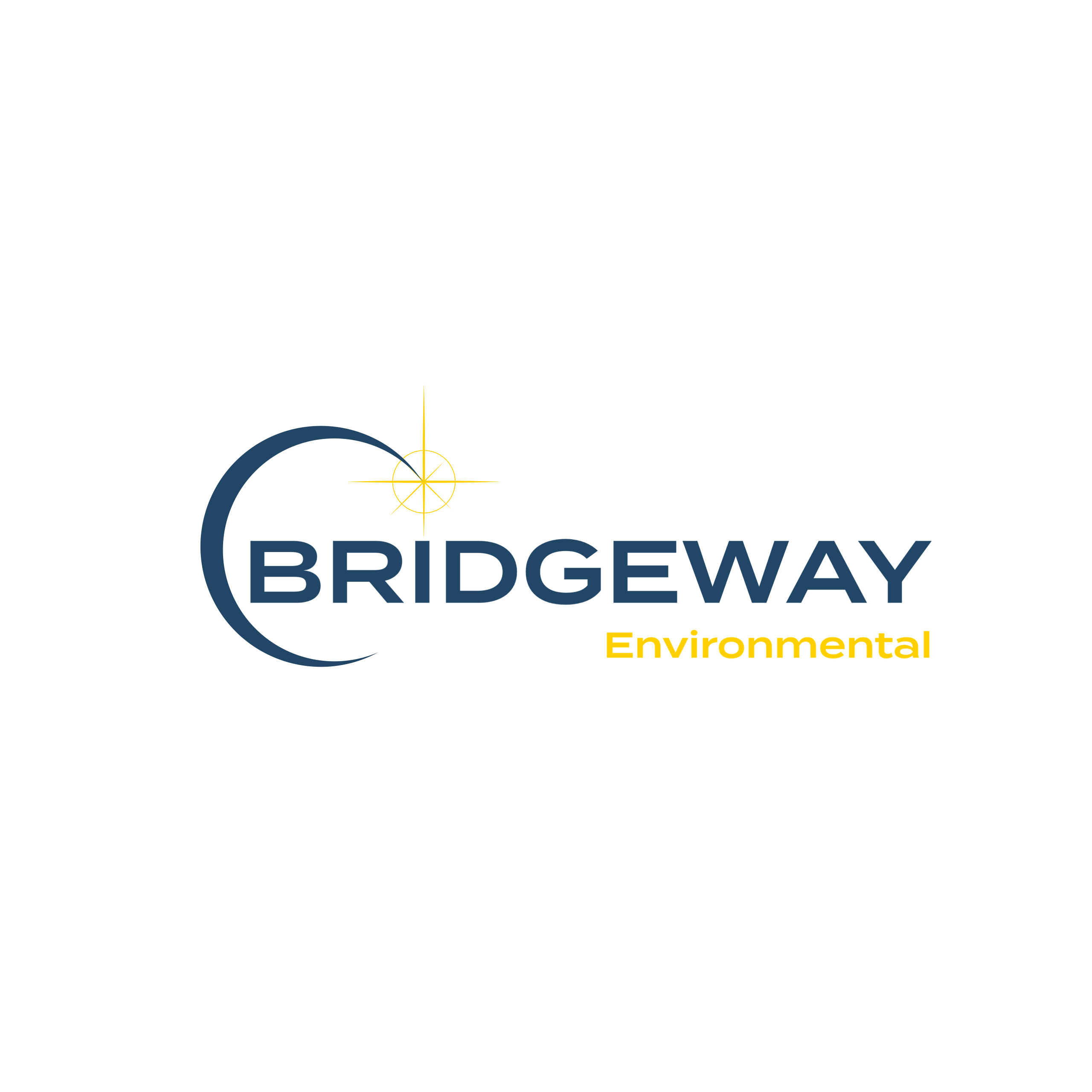
Retention and Detention Pond Inspection: What HOAs and Apartment Complexes Need to Know.
- Mr.Stormwater

- Apr 2, 2023
- 4 min read
The management of stormwater runoff and the prevention of flooding are the primary purposes served by retention and detention ponds, which can be found in many suburban and urban areas. These ponds are man-made structures that temporarily store and slowly release stormwater in order to prevent erosion downstream and protect the quality of the water supply. It is essential to perform routine inspections and maintenance on retention and detention ponds on a consistent basis to ensure that they continue to function as intended and continue to provide these necessary services.
What exactly does it mean when someone inspects a retention and detention pond?
An in-depth analysis of the state of a retention or detention pond is what's known as an inspection of both of these types of ponds. The inspection will typically include an evaluation of the infrastructure of the pond, such as the condition of the embankments, outlet structures, and inlet structures, in addition to an assessment of the amount of sediment buildup within the pond and its overall quality. The purpose of the inspection is to identify any potential safety hazards, environmental concerns, or maintenance needs that may require corrective action to ensure the retention or detention pond is operating as it should.
Why is it important to inspect both the retention pond and the detention pond?
The correct operation of retention and detention ponds, which are both essential components of stormwater management systems, is absolutely necessary for the prevention of flooding and the mitigation of downstream erosion. A retention or detention pond that is not maintained properly can result in structural damage, deterioration of the water quality, and an increased risk of flooding, all of which can have significant repercussions for the environment as well as the economy. Inspections of retention and detention ponds should be performed on a regular basis to help identify potential problems before they develop into major problems and to ensure that the pond is operating as it was designed to.
Who is responsible for carrying out the inspections of the retention and detention ponds?
Inspections of retention and detention ponds are typically carried out by trained professionals such as civil engineers, environmental consultants, or stormwater management specialists. These experts are well-equipped, not only in terms of their knowledge and expertise, but also in terms of the tools they use to carry out exhaustive inspections and locate areas where issues may arise. Inspections of retention and detention ponds may be required to be carried out by a particular kind of qualified expert in accordance with certain regulations imposed at the state or local level.
What exactly does a retention and detention pond inspection entail, and what are its constituent parts?
In most cases, an inspection of a retention and detention pond will include the following components:
1. A visual inspection of the pond's infrastructure, including the embankments, outlet structures, and inlet structures, to evaluate their condition and identify any signs of damage or erosion.
2. An analysis of the quantity and quality of sediment that has accumulated within the pond, which may have an impact on the pond's capacity for storage and the quality of the water in the pond.
3. Evaluation of the pond's vegetation, which, as a result of its ability to filter out pollutants and contribute to the stabilization of the soil, can help the pond achieve higher overall water quality.
4. Conducting an inspection of the pond's maintenance records, including previous inspection reports and activities, with the goal of locating any patterns or problems that keep cropping up is important.
5. An examination of the hydrology of the pond, including the rates of water flow into and out of the pond, is necessary in order to confirm that the pond is operating as it was designed to.
After an inspection of a retention and detention pond, what steps should be taken next?
Following the completion of an inspection of a retention and detention pond, the inspector will ordinarily prepare a report that provides a summary of the findings as well as recommendations for corrective action, in the event that such action is required. It is possible that the report will include recommendations for maintenance activities such as the removal of sediment or the management of vegetation, as well as any necessary repairs or upgrades to the pond's infrastructure. Both the implementation of the recommended corrective actions and the supervision of the retention or detention pond's upkeep fall under the purview of the person who owns or manages the property in question.
In conclusion, inspection of retention and detention ponds is an essential component of stormwater management. Not only is it essential for maintaining the safety and environmental integrity of these systems, but it is also critical for maintaining the integrity of these ponds. It is important to have the retention or detention pond inspected on a routine basis by trained professionals so that any potential issues can be discovered and addressed before they escalate into major problems. This will ensure that the pond is operating as it was designed to do. If you own or manage a retention or detention pond, it is imperative that you schedule routine inspections and maintenance to ensure that your system remains in good working condition at all times.



Comments